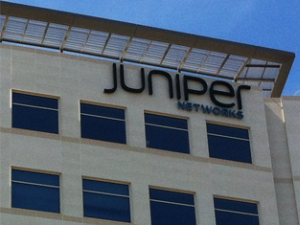Organisations value the protection and privacy of their data and control who has access to it. They certainly do not want their sensitive information to be privy to cyber criminals or their competition. If an organisations security system is weak, it makes the hacker task to extract all confidential information very easy.
The collection and utilisation of private data by organisations are on the rise. The user data is gathered through various means such as surveys, voluntary sharing of information by clients and websites tracking client engagement systems. This rampant collection and usage make it imminent for organisations to secure the data. Therefore, the privacy of information and data is a crucial aspect of information technology systems. It is required to prevent any spillage of private data.
Improvement in the safety of IT systems
In recent years, advancement in technology is providing organisations with a more secure system to protect their sensitive information and data. If these technologies are integrated into the systems properly, it will provide protection against cyber-criminal activities and also against human error and insider threats. Ways modern technology has improved IT systems are –
1. Data discovery and Classification of tools
Sensitive and confidential information may reside in unstructured or structured data repositories, which can include databases, cloud environments and data warehouses. With the help of data detection and classification solutions, it can automate the procedure of identifying critical information, as well as evaluate and rectify any vulnerabilities.
2. Activity monitoring of Data
Activity monitoring tools analyse and evaluate data usage patterns, spot anomalies, enable security teams to supervise who is accessing the data, and identify risks. Alerting and notifications integration helps to notify about abnormal activities.
3. Risk analysis and Vulnerability Evaluation
These solutions provide ease to the process of detecting and mitigating any vulnerabilities such as – weak passwords, misconfiguration, or out-of-date software. It also identifies and locates data information which is at great risk of exposure.
4. Automated Compliance Reporting
Comprehensive data protection methods with capabilities of automated reporting provide a centralised repository for organisation-wide compliance audit trails.
The best practice companies can use to adopt data privacy discipline is to include a holistic approach toward data protection. They should have a clear understanding of all of their sensitive data and information. In a world where everything relies on data, figuring out measures to keep data private and secure is a significant feat. Companies can also hire a reputed firm with high capabilities in security and privacy tasks and create robust security infrastructure for their business and clients.






